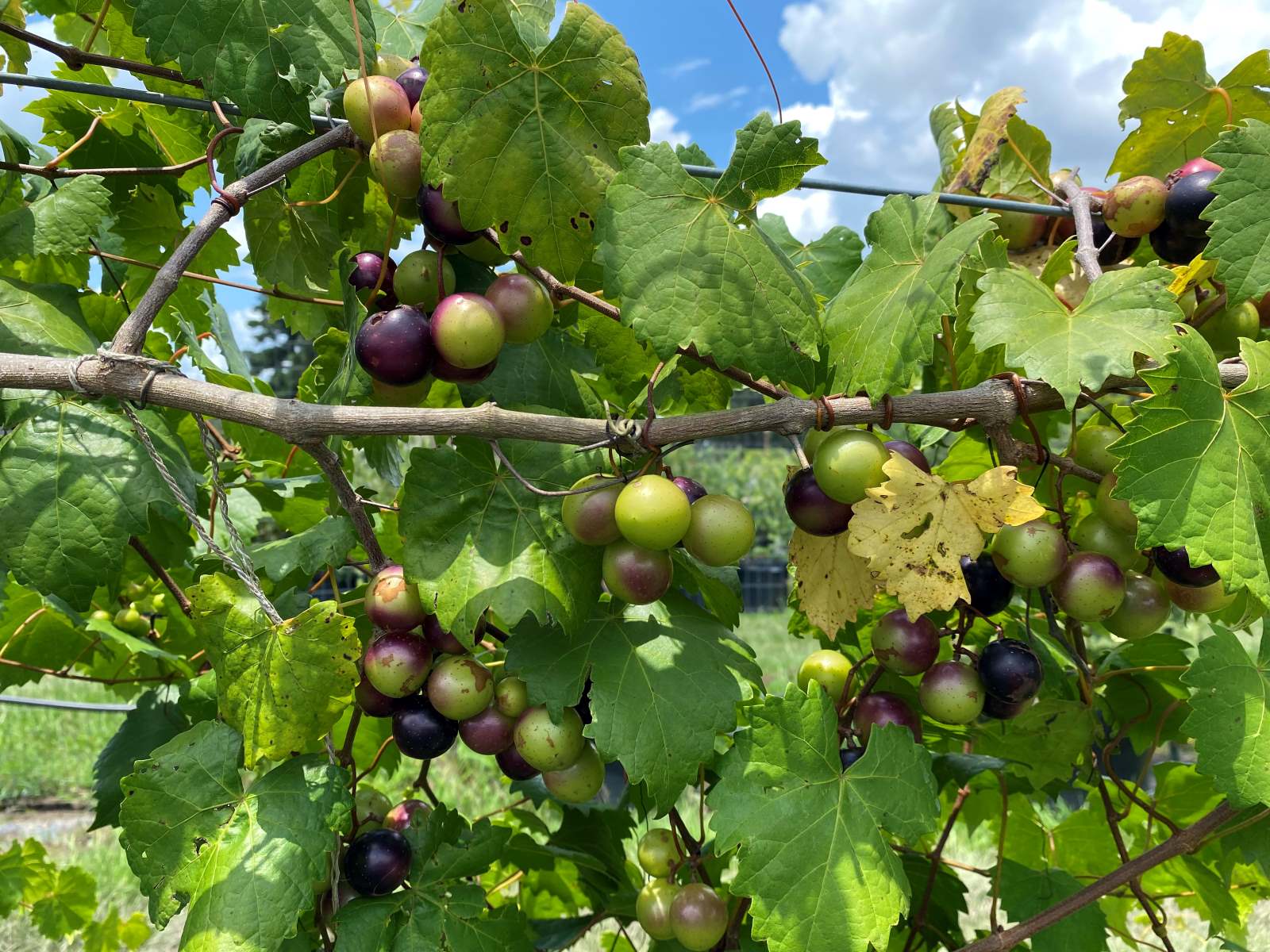Hidden Wild Muscadine Grape Arbors Of The South

Have you ever tasted a grape straight from the vine? If not, you’re missing out on one of the South’s best-kept secrets: wild muscadine grapes. These juicy, sweet gems grow in hidden arbors across the region, offering a unique flavor you won’t find in any store. Imagine wandering through lush greenery, stumbling upon clusters of these dark, plump fruits. Perfect for making homemade jams, jellies, or even wine, muscadines are a true Southern delight. Ready to learn where to find these hidden treasures and how to enjoy them? Let’s dive into the world of wild muscadine grapes!
Discovering the Hidden Wild Muscadine Grape Arbors of the South
The South is home to some of the most beautiful and hidden wild muscadine grape arbors. These places offer a unique experience for those who love nature, history, and delicious grapes. Let's explore some of these hidden gems.
1. North Carolina's Coastal Plains
North Carolina's Coastal Plains are known for their rich soil and perfect climate for growing muscadine grapes. Here are a few spots to check out:
Scuppernong River: This area is famous for its wild muscadine grapes, which grow abundantly along the riverbanks. The lush greenery and serene waters make it a perfect spot for a relaxing day trip.
Pettigrew State Park: Located near the Scuppernong River, this park offers trails that lead you through dense forests filled with wild muscadine grapevines. It's a great place for hiking and grape picking.
2. Georgia's Piedmont Region
Georgia's Piedmont Region is another hotspot for wild muscadine grapes. The rolling hills and warm climate create an ideal environment for these grapes to thrive.
Oconee National Forest: This vast forest is home to numerous wild muscadine grape arbors. The forest's diverse ecosystem provides a perfect habitat for these grapes to grow naturally.
Hard Labor Creek State Park: Known for its scenic beauty, this park has trails that wind through areas filled with wild muscadine grapevines. It's a great place for a family outing or a solo adventure.
3. South Carolina's Lowcountry
South Carolina's Lowcountry is famous for its picturesque landscapes and rich history. The wild muscadine grape arbors here are a must-see for any grape enthusiast.
Francis Marion National Forest: This forest is a treasure trove of wild muscadine grapevines. The dense foliage and winding trails make it a perfect spot for exploring and grape picking.
Edisto Island: This island offers a unique experience with its wild muscadine grape arbors. The island's sandy soil and coastal climate create an ideal environment for these grapes to flourish.
4. Alabama's Black Belt
Alabama's Black Belt region is known for its fertile soil and rich agricultural history. The wild muscadine grape arbors here are a testament to the region's natural beauty.
Tuskegee National Forest: This forest is home to numerous wild muscadine grapevines. The forest's diverse ecosystem provides a perfect habitat for these grapes to grow naturally.
Old Cahawba Archaeological Park: This park offers a unique blend of history and nature. The wild muscadine grapevines growing among the ancient ruins create a picturesque and serene environment.
5. Mississippi's Pine Belt
Mississippi's Pine Belt region is another great place to find wild muscadine grape arbors. The region's warm climate and abundant rainfall create an ideal environment for these grapes to thrive.
De Soto National Forest: This forest is home to numerous wild muscadine grapevines. The forest's diverse ecosystem provides a perfect habitat for these grapes to grow naturally.
Paul B. Johnson State Park: Known for its scenic beauty, this park has trails that wind through areas filled with wild muscadine grapevines. It's a great place for a family outing or a solo adventure.
Discovering the Charm of Southern Muscadine Grape Arbors
Southern Muscadine grape arbors offer a unique glimpse into the region's rich agricultural history. These hidden gems provide not only delicious fruit but also a connection to the past. Exploring these arbors can be a delightful adventure, revealing the beauty and resilience of these native vines. Whether you're a history buff, a nature lover, or just someone who enjoys a good glass of wine, visiting these arbors can be a rewarding experience. The South's Muscadine grapes are more than just a crop; they are a testament to the area's heritage and a symbol of its enduring spirit. So next time you're in the South, take some time to seek out these hidden treasures. You might just find yourself enchanted by the charm and history of the Muscadine grape arbors.

